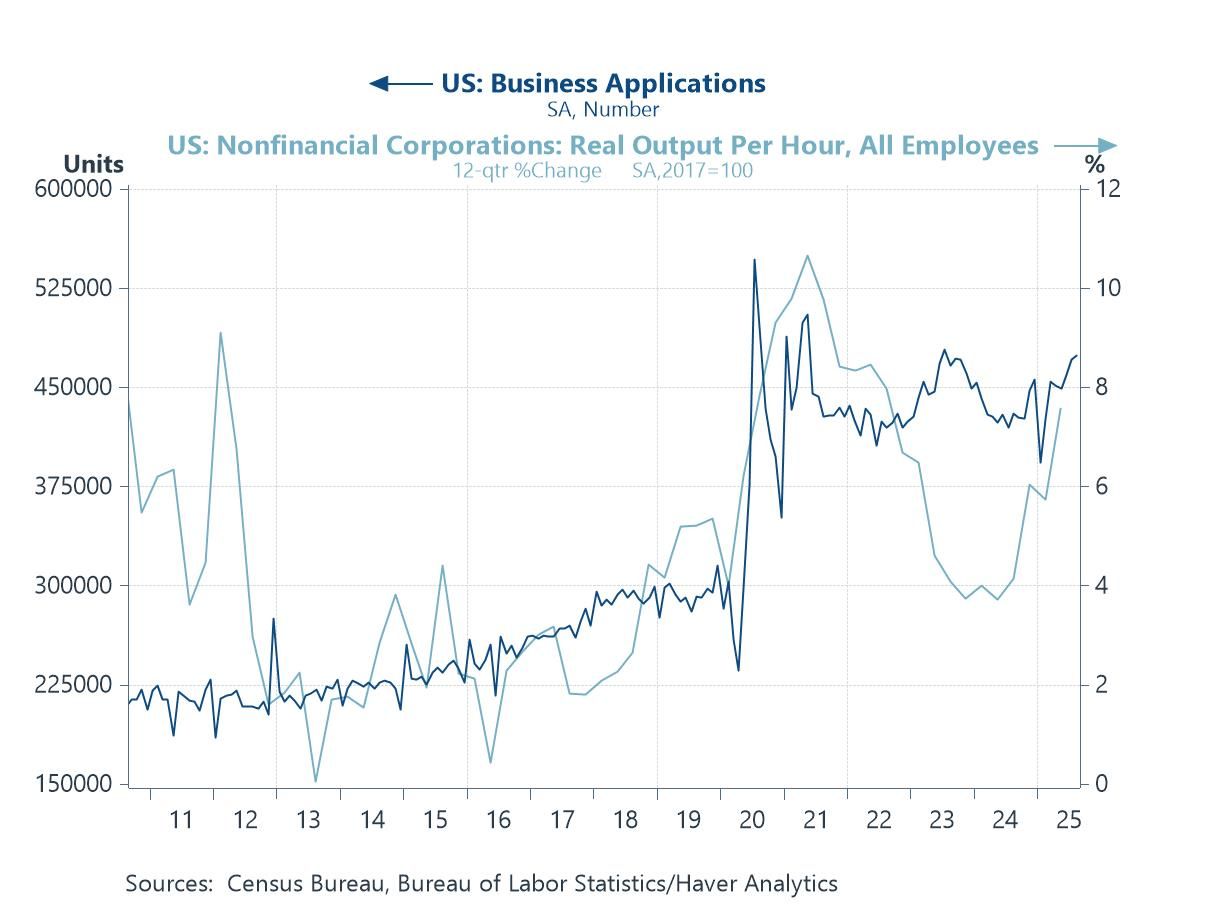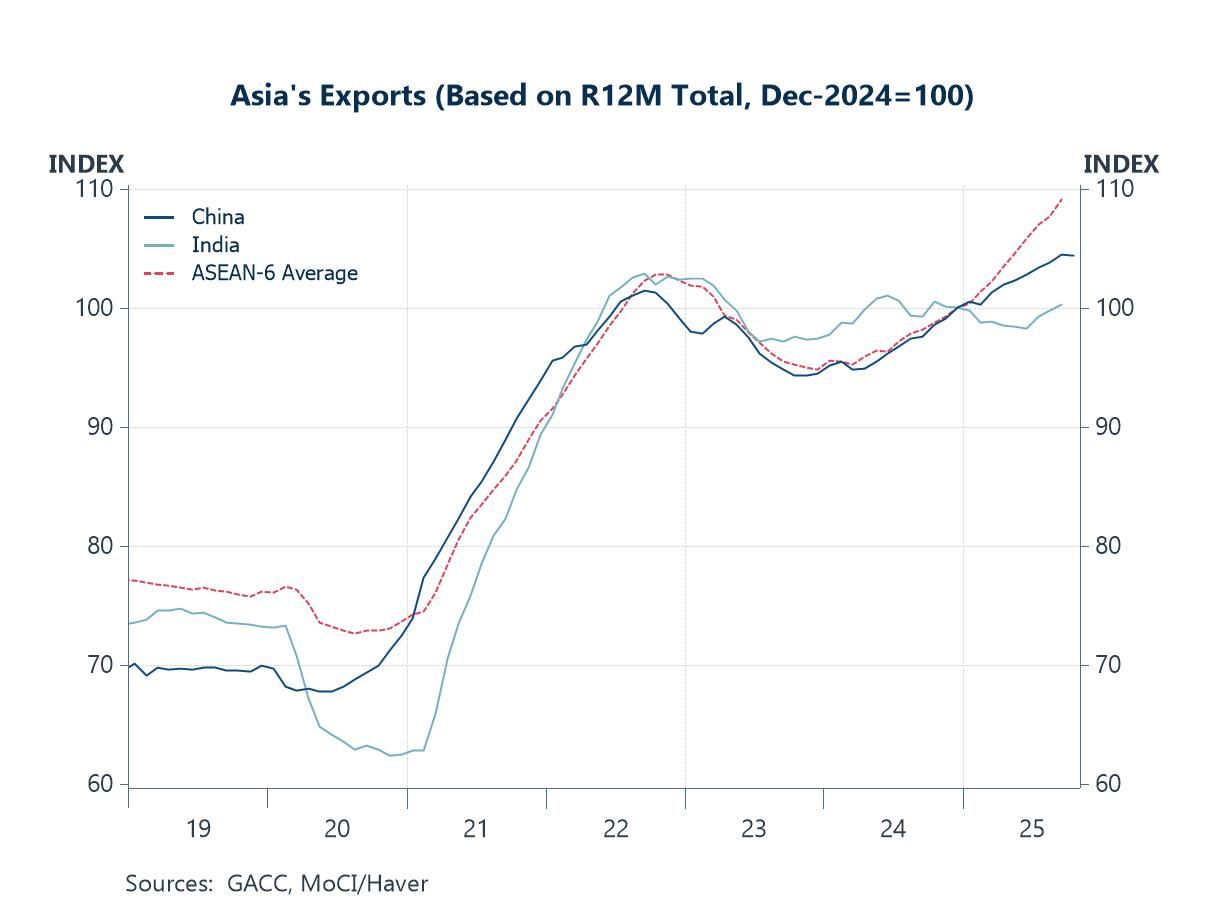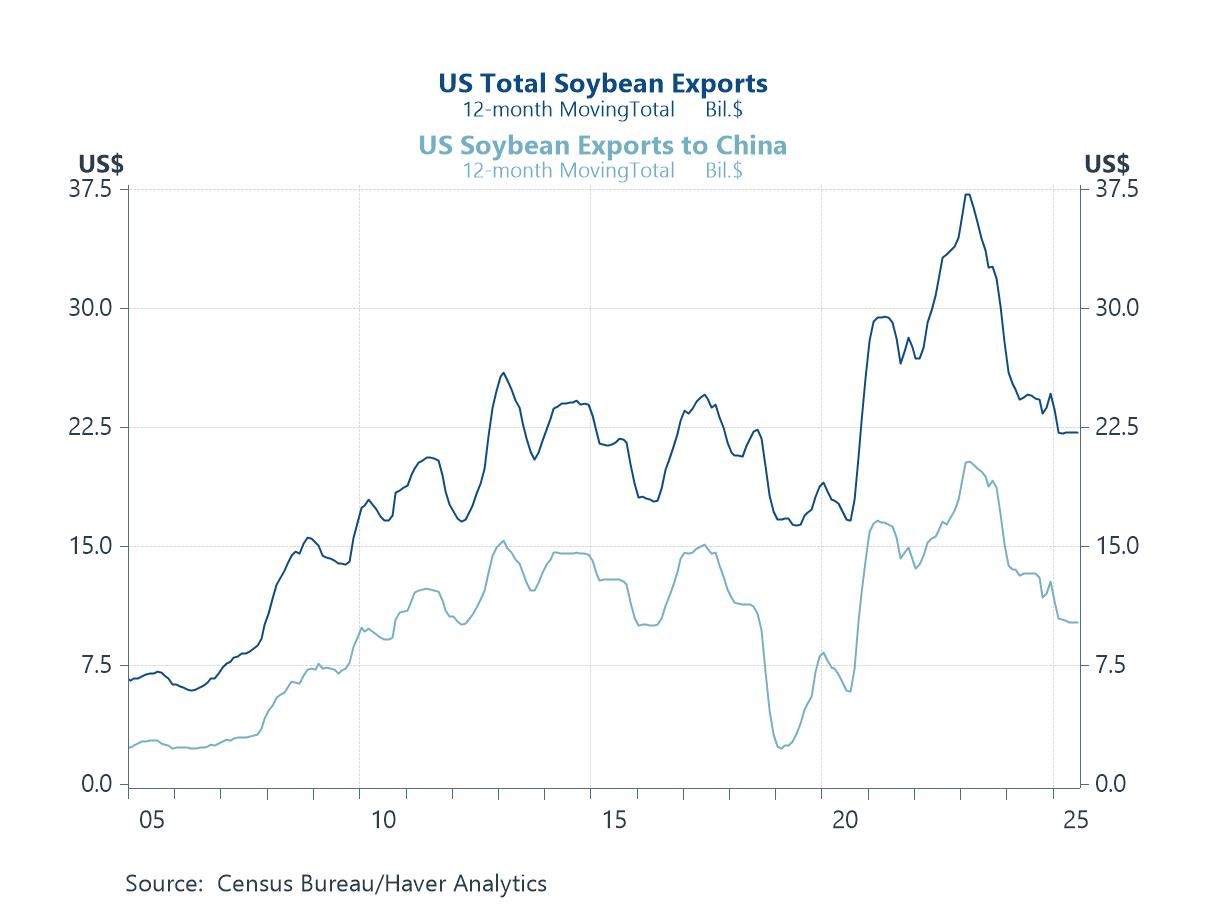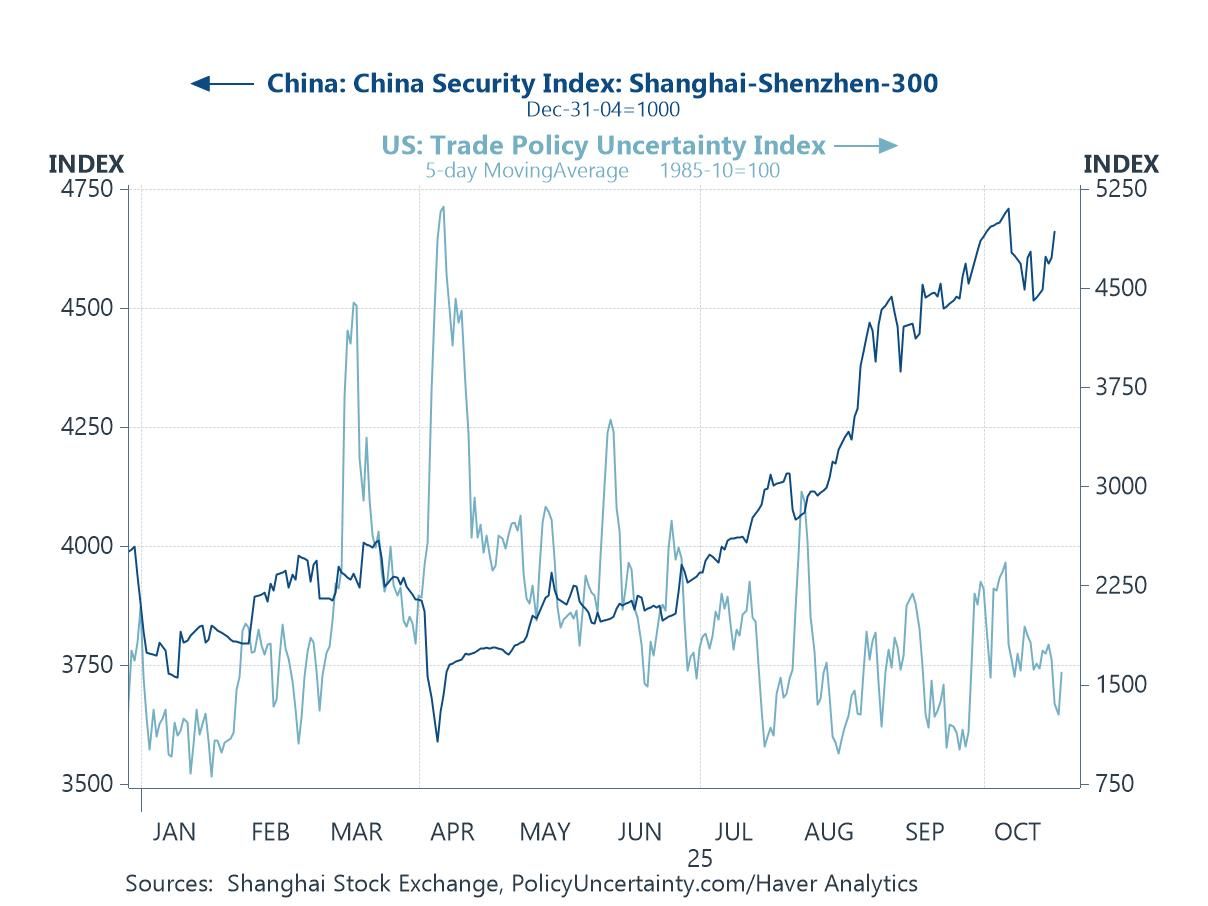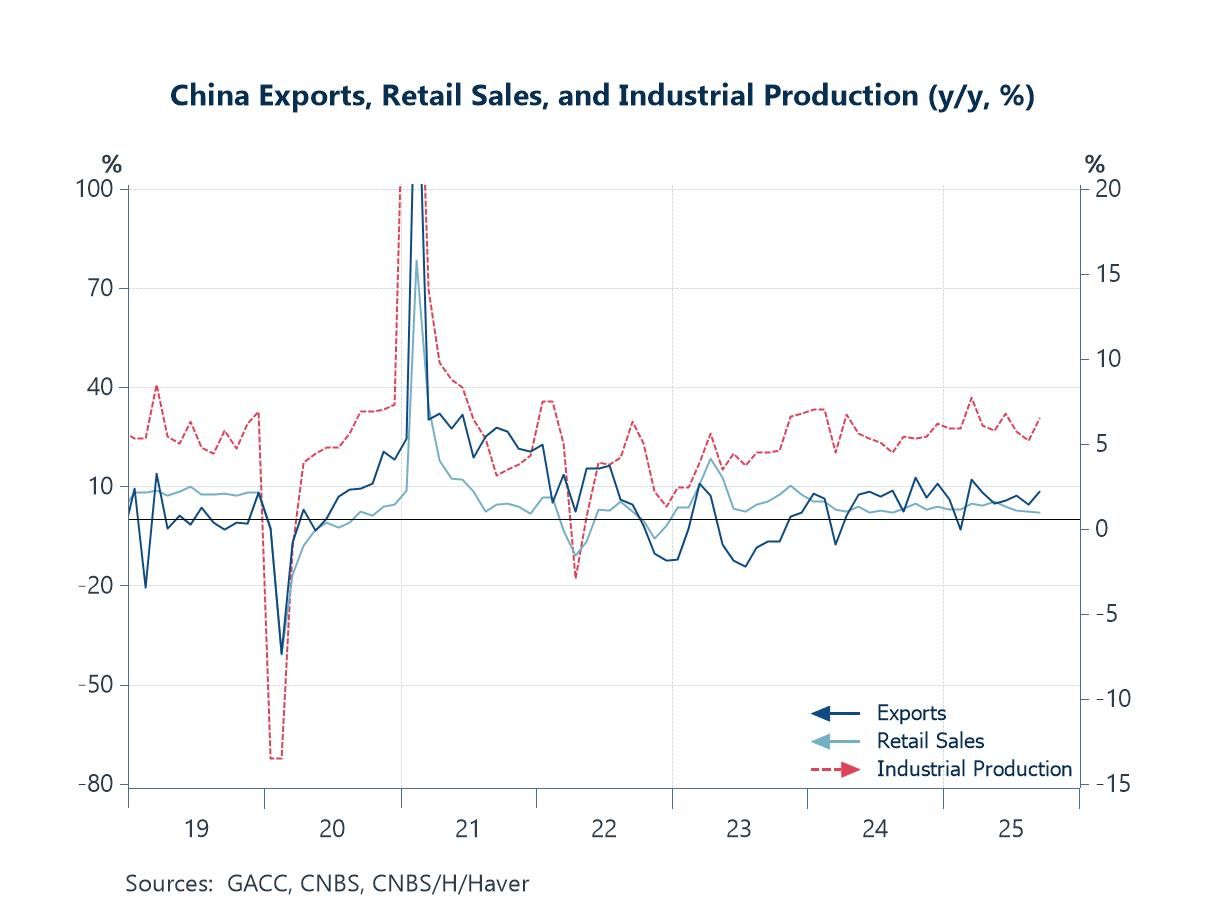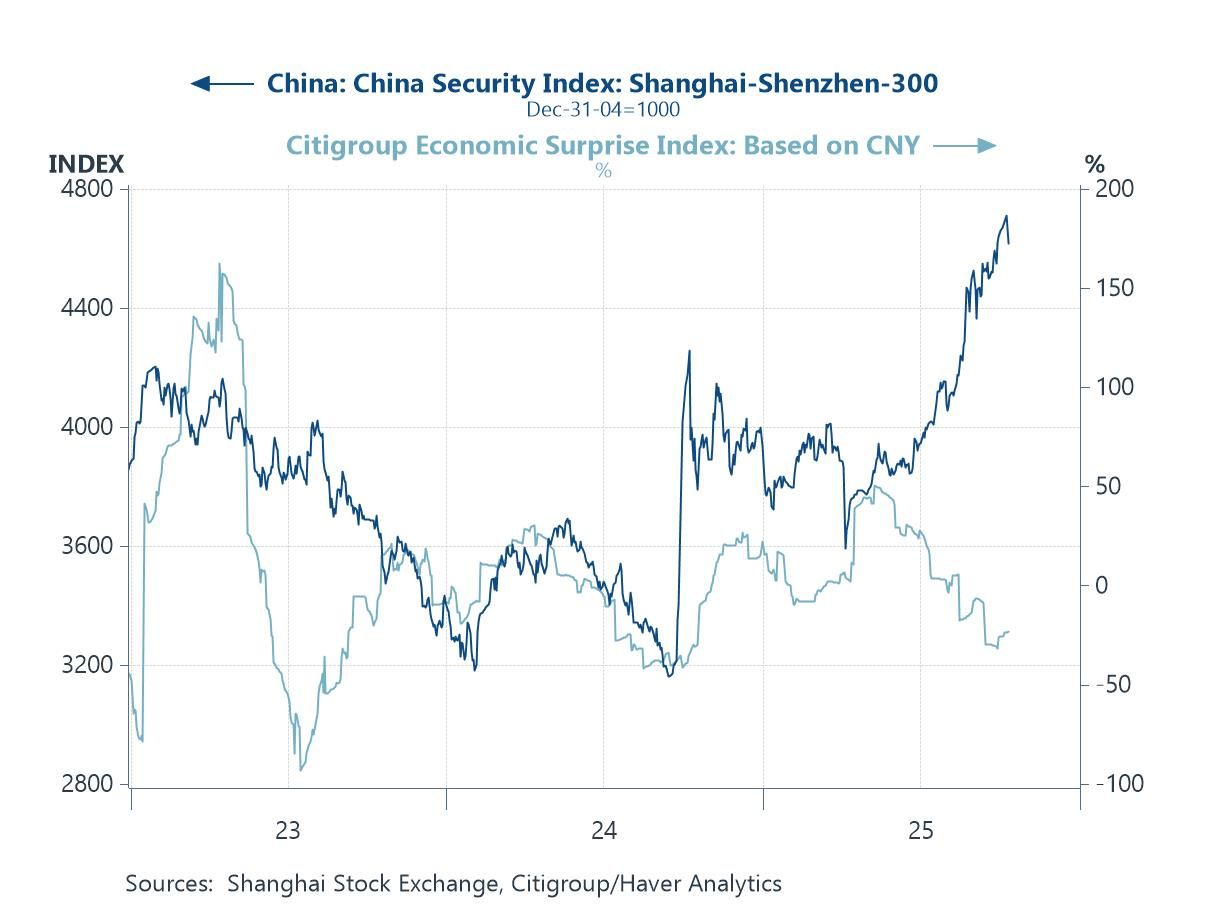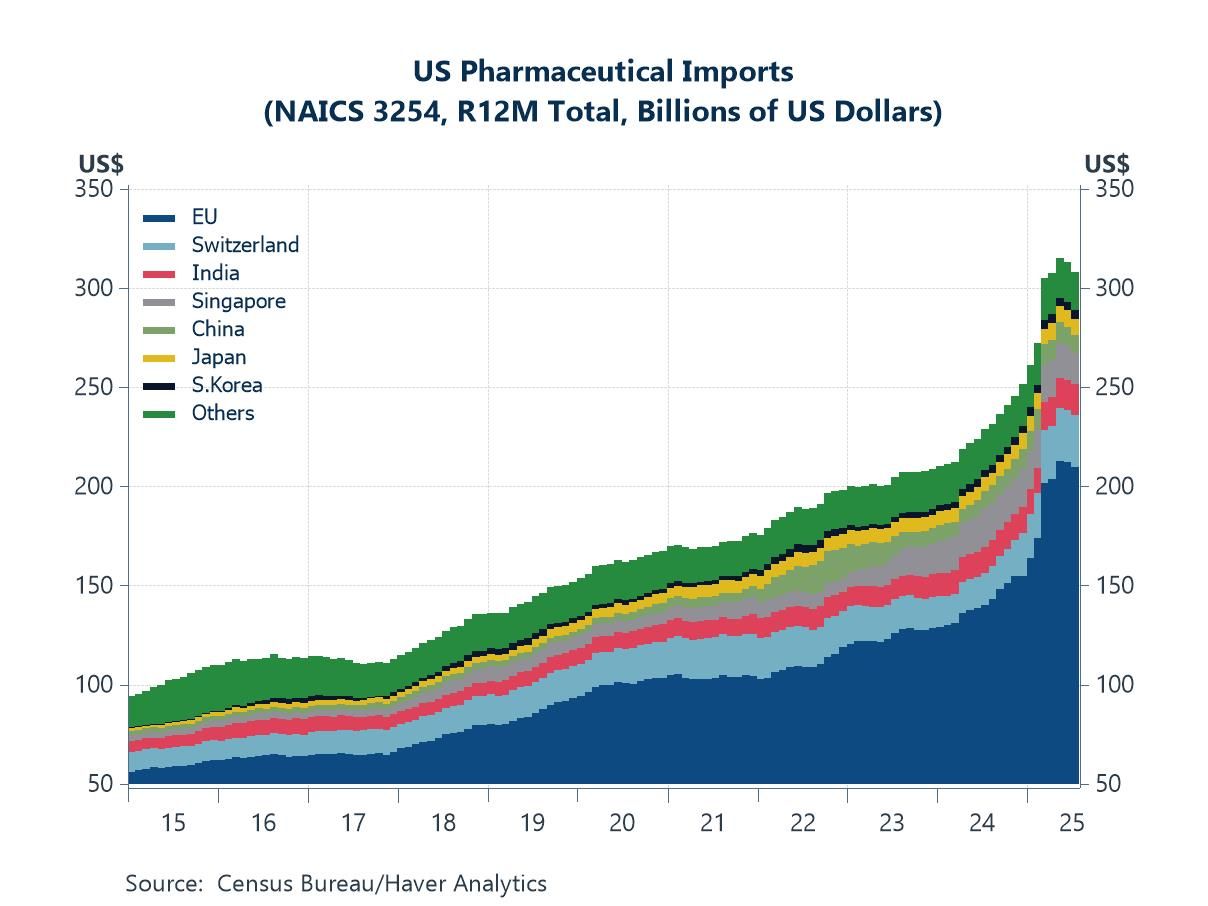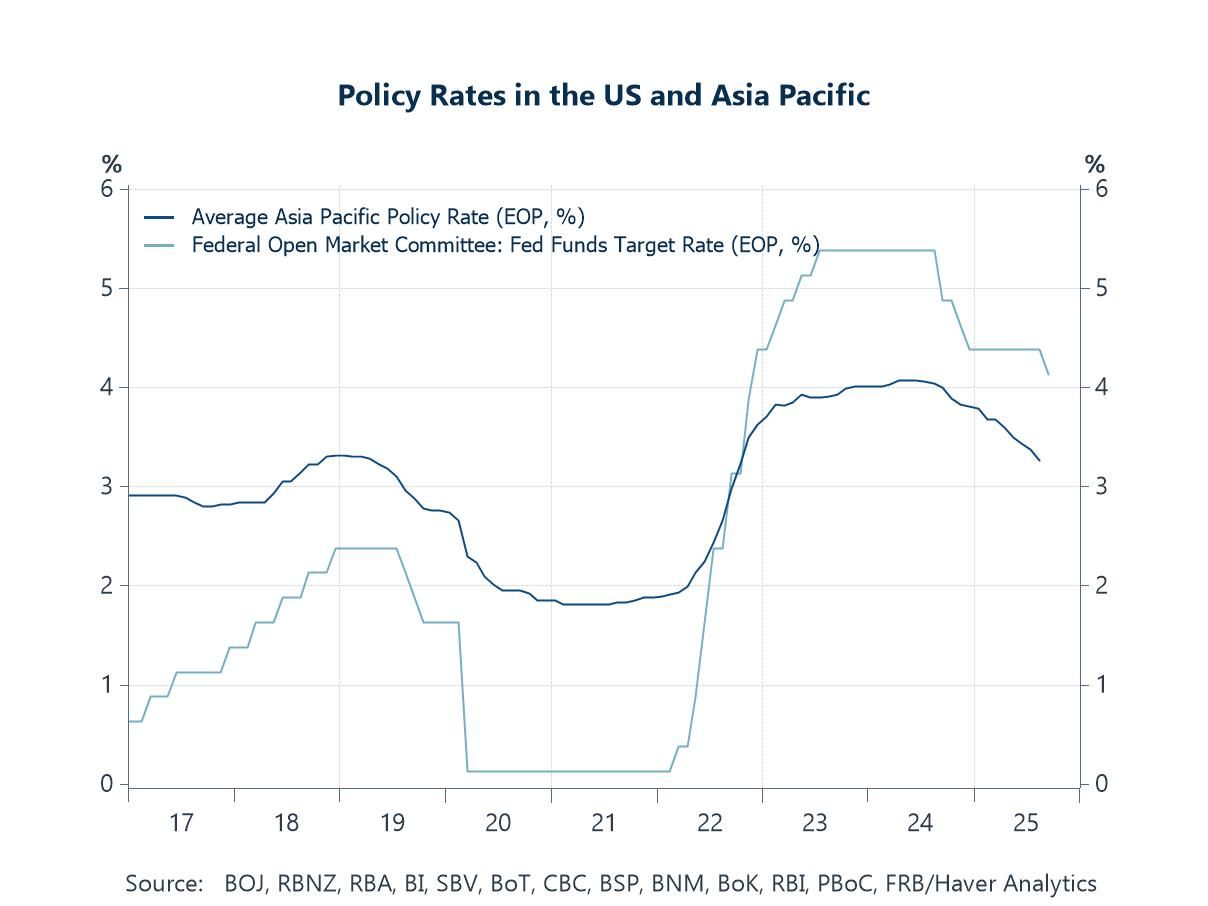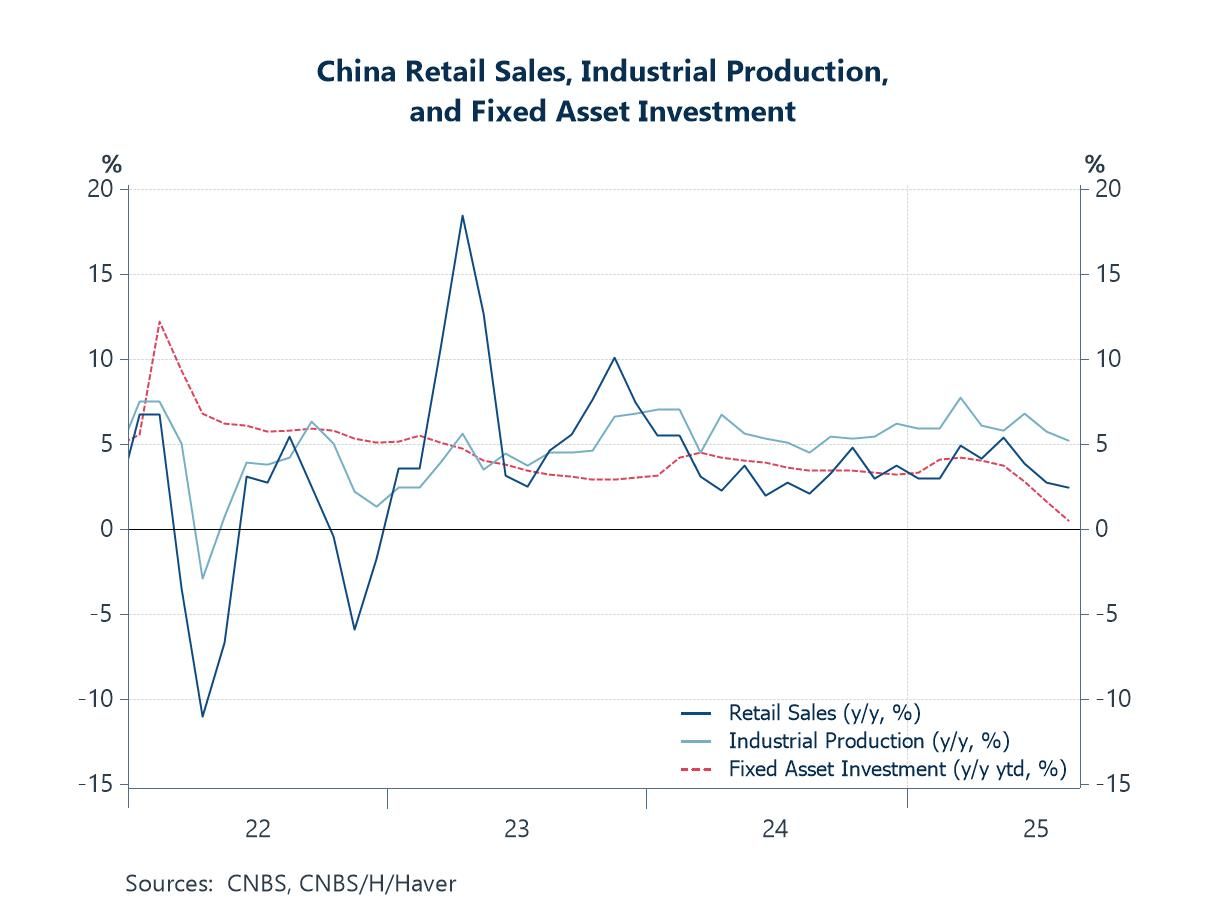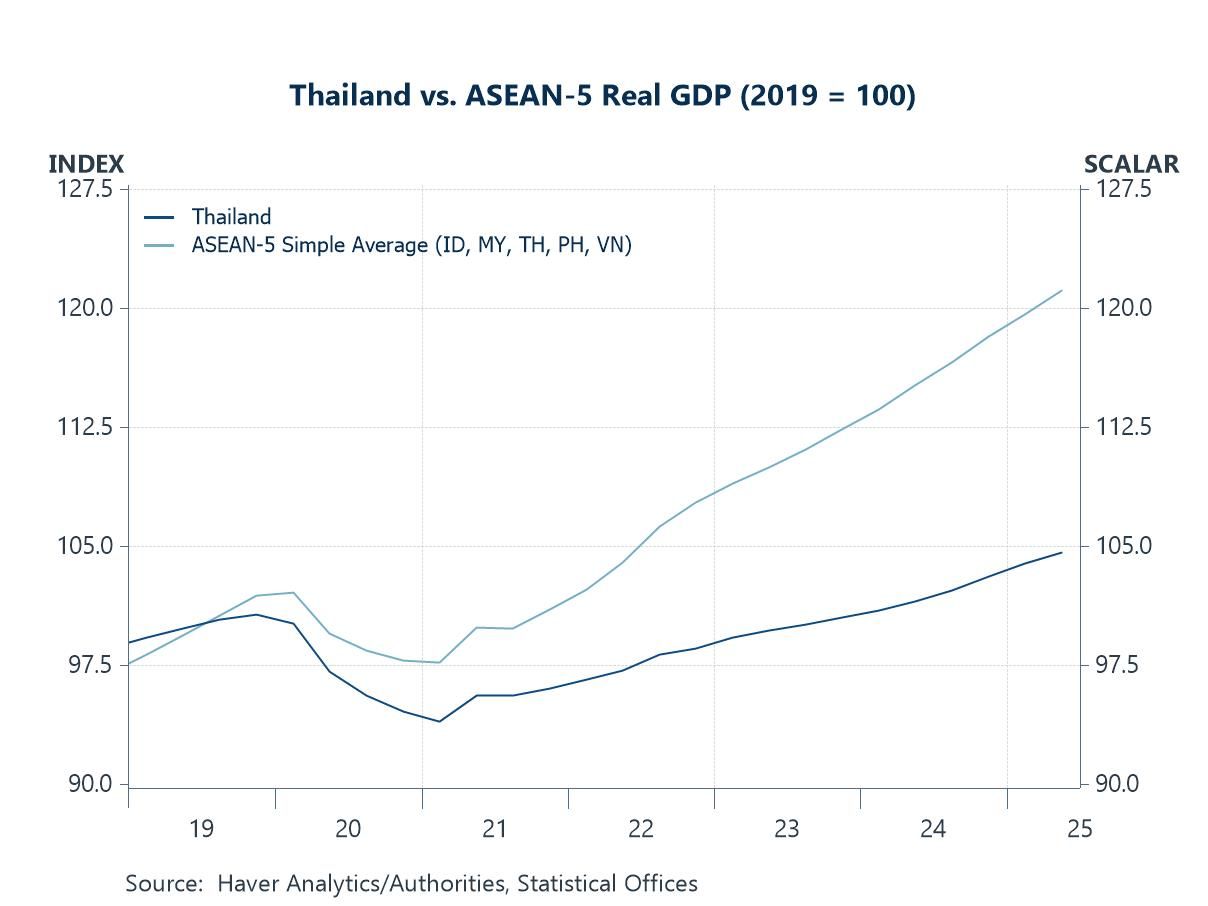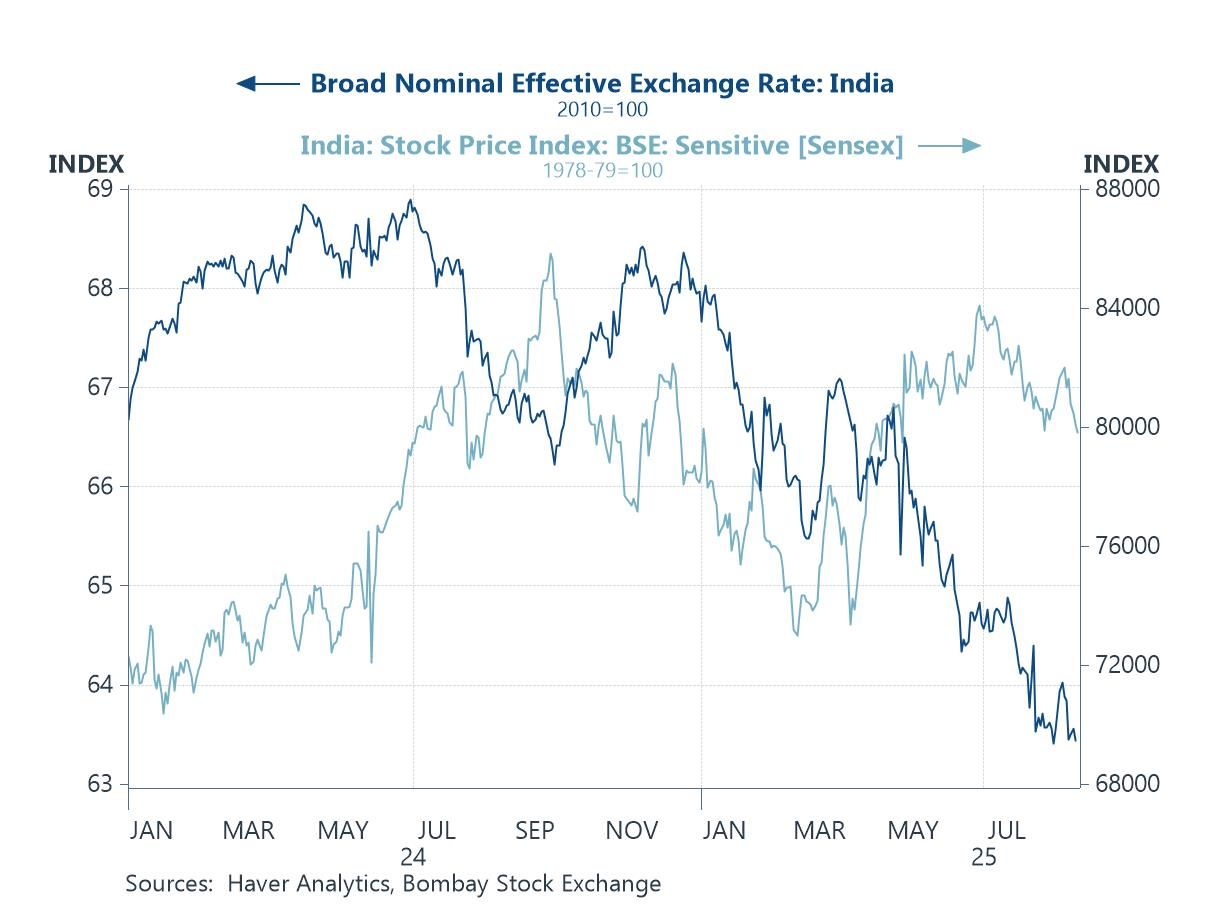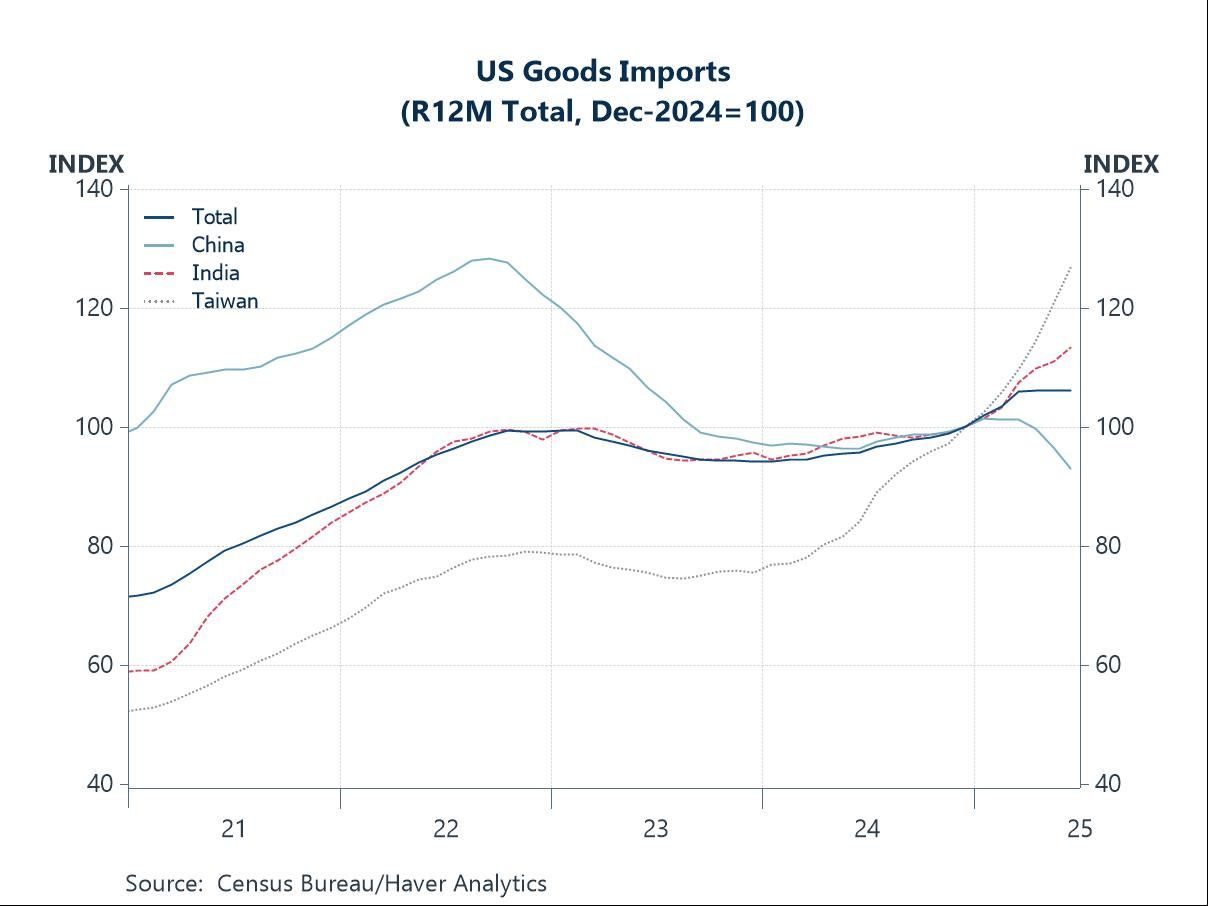As 2025 draws to a close, the global economy feels caught between relief and unease. Inflation has eased but not fully retreated, monetary-policy cycles are pulling in different directions, markets are oscillating between AI-driven enthusiasm and valuation nerves, and geopolitical tensions are pressing harder on trade, energy and investment flows. Against this backdrop, the twelve themes that follow set out the forces most likely to shape the macro, market and policy landscape in 2026. They range from the pivotal questions around whether AI will deliver visible productivity gains, how far the AI narrative can continue to support markets, and how policymakers will manage an unusually uncertain interest-rate outlook, to the broader pressures created by fiscal strains, climate stress, shifting trade patterns, geopolitical fragmentation, political transitions, and demographic change. Taken together, they offer a map of the terrain investors and policymakers will need to navigate in the year ahead — a world where cyclical dynamics and structural shifts arguably interact more tightly than at any point in the past decade, and where the biggest surprises are likely to emerge from those intersections.
Introducing
Tian Yong Woon
in:Our Authors
Tian Yong joined Haver Analytics as an Economist in 2023. Previously, Tian Yong worked as an Economist with Deutsche Bank, covering Emerging Asian economies while also writing on thematic issues within the broader Asia region. Prior to his work with Deutsche Bank, he worked as an Economic Analyst with the International Monetary Fund, where he contributed to Article IV consultations with Singapore and Malaysia, and to the regular surveillance of financial stability issues in the Asia Pacific region.
Tian Yong holds a Master of Science in Quantitative Finance from the Singapore Management University, and a Bachelor of Science in Banking and Finance from the University of London.

Publications by Tian Yong Woon
 Global| Nov 20 2025
Global| Nov 20 2025Charts of the Week: The Year Ahead
 Asia| Nov 10 2025
Asia| Nov 10 2025Economic Letter from Asia: As the Dust Settles
This week, we review key developments across several Asian economies as the year nears its close. On balance, many of investors’ and policymakers’ worst fears did not materialize. Despite US tariffs, regional exports have shown resilience (chart 1), partly supported by stronger intra-Asia trade, even as exports to the US declined in some cases.
In China, factors including importer front-loading, stronger exports to non-US markets, and government efforts to boost consumption—albeit with potentially one-off effects—have kept the economy on track to meet its 5% growth target this year (chart 2), barring a substantial slowdown in Q4. In Japan, political uncertainty has eased following Prime Minister Takaichi’s rise, though her pro-growth, pro-loose monetary stance has contributed to further yen weakness (chart 3). India, while still likely Asia’s fastest-growing major economy this year, has seen trade setbacks (chart 4) as US–India discussions continue, though recent progress suggests a deal may be near.
However, not all developments in Asia have avoided worst-case outcomes. For example, the Philippines, which has already been hit by a string of storms this year, continues to reel from the effects of Typhoons Fung-wong and Kalmaegi. These storms have highlighted corruption in the Philippines’ flood control systems, rattling investors and pressuring the peso (chart 5), in a manner reminiscent of the rupiah’s decline during Indonesia’s political turmoil earlier this year. In Thailand, political uncertainty continues ahead of general elections eyed at next March, while the expected full return of Chinese tourists has yet to materialize (chart 6).
Trade in Asia For Asia, the year has ultimately not played out as bleakly as investors once feared, particularly on the trade front. Despite US President Trump’s tariffs and a persistent backdrop of uncertainty, export performance in several Asian economies has proven more resilient than expected. This is most clearly reflected in export growth readings for China and key Southeast Asian economies (chart 1), which have remained firm—and at times exceeded expectations—even as China’s shipments to the US fell sharply. Much of this resilience reflects a redirection of exports toward other markets, often within the region. India, however, has seen more limited gains, with exports in US dollar terms struggling to materially surpass last year’s levels.
 Asia| Nov 03 2025
Asia| Nov 03 2025Economic Letter from Asia: Come Together
This week, we review a wave of key developments across Asia following US President Trump’s tour of the region last week. A central theme concerned countries courting closer ties with the US to avoid harsher actions, while also boosting regional cooperation amid trade barriers and scrutiny of China. This push for closer ties has manifested through new and updated trade agreements—ironically driven by ongoing uncertainty in global trade and supply chains, with US–China relations at the core. A major outcome of Trump’s trip was the new US–China trade agreement, which included the US halving tariffs on Chinese fentanyl-related products to 10%, while China suspended rare earth export controls and resumed soybean purchases vital to the US (chart 1). Perhaps more importantly, the deal signalled a small conciliatory shift and avoided a potentially worse outcome. Beyond the US–China agreement at the APEC Summit in South Korea, the US–South Korea trade deal also gained more clarity. Under the deal, US auto tariffs on South Korea has fallen to 15%, matching the rate applied to Japan and likely providing relief for South Korean automakers (chart 2).
Trump’s visit to Japan was another highlight. Relations with new Prime Minister Takaichi got off to a strong start, and further details emerged on Japan’s previously cited $550 billion investment commitment in the US—substantial even relative to Japan’s existing direct investment there (chart 3). However, specifics on the timing and implementation of the investment remain limited. Meanwhile, at the ASEAN Summit earlier in the week, aside from Trump’s engagements, the bloc officially welcomed its 11th member—Timor-Leste—the first new member in decades—granting it access to the bloc’s mechanisms and potentially supporting a catch-up in economic development (chart 5). Looking ahead, the focus on China and Japan is likely to continue, with China set to release its October trade (chart 6) and CPI data, and Japan scheduled to report employee wages and household spending.
The APEC summit The US and China made a modest but meaningful step forward on trade following the Trump–Xi meeting at the APEC Summit in South Korea. The US lowered tariffs on Chinese fentanyl-related products to 10% from 20% and suspended enforcement of rules targeting subsidiaries of blacklisted firms—previous points of contention for Beijing. In return, China pledged stronger efforts to curb fentanyl flows, paused rare earth export controls for a year, and resumed purchases of US soybeans—significant given its historically large share of US export demand (chart 1). While not a comprehensive reset, these moves eased immediate tensions and helped avert more severe outcomes, including Trump’s previously threatened 100% tariff hike. The tone of the meeting also suggests a more conciliatory shift, though relations remain fragile and the risk of renewed escalation is still material.
 Asia| Oct 27 2025
Asia| Oct 27 2025Economic Letter from Asia: To the Summit!
This week, attention remains on developments in Asia as US President Trump continues his regional tour. Over the weekend, his visit to Malaysia for the ASEAN–US summit saw a peace deal secured between Thailand and Cambodia, along with several trade agreements with ASEAN economies. Focus now shifts to Trump’s upcoming interactions with Japan’s new Prime Minister Takaichi and China’s President Xi in Japan and South Korea, respectively. A US–China trade deal is highly anticipated, which, if achieved, could boost market sentiment and reduce uncertainty (chart 1). Leading up to these meetings, encouraging Chinese data has emerged, including a significant improvement in industrial profits, suggesting that efforts to curb race-to-the-bottom price competition are beginning to show results (chart 2).
In Japan, apart from the Trump–Takaichi meeting, markets will closely watch the Bank of Japan’s October monetary policy decision (chart 3). While no change in policy rates is expected, the Bank’s updated forecasts will be scrutinized. Japan’s September trade numbers were encouraging (chart 4), but much depends on the US–Japan trade relationship. Still, Japan’s stronger shipments to other economies, if sustained, could help offset potential US-related headwinds. US–India trade talks also remain in focus, with India reportedly planning to reduce purchases of Russian crude oil—a recurring point of contention (chart 5). At the same time, while India has faced reduced imports from the US due to tariffs, increased shipments to other trading partners, particularly in Asia, highlight a broader trend of trade diversification. Finally, while the ongoing AI boom continues to support exports growth across several Asian economies, the risk of overreliance on semiconductor exports deserves emphasis. Some economies would not have recorded year-to-date export growth without the current AI-driven upcycle (chart 6).
The ASEAN and APEC summits Over the weekend, US President Trump arrived in Kuala Lumpur for the ASEAN–US Summit, where he oversaw the signing of a peace deal between Thailand and Cambodia. He also signed several trade agreements, including commitments by four ASEAN members to remove most—or in some cases all—tariffs on US imports, as well as deals with some members on critical minerals cooperation. While these developments are notable for ASEAN watchers, investor attention now turns to Trump’s next stops in Japan and South Korea. In Japan, focus will be on Prime Minister Takaichi’s first meeting with the US President, while in South Korea, markets will watch whether a long-anticipated US–China trade deal can take shape during the APEC summit. Recent signs of easing tensions—namely the likely suspension of Trump’s 100% tariff threats and China’s possible delay of rare earth export restrictions—could help temper regional uncertainty. This, in turn, may lift market sentiment, marking a welcome reversal from the caution seen in prior weeks (chart 1).
 Asia| Oct 20 2025
Asia| Oct 20 2025Economic Letter from Asia: Clearing the Fog
This week, we examine key developments across China, Japan, and the broader Asian region. In China, the Q3 GDP outturn extended the recent trend of slowing growth amid a still-fluid external backdrop and uneven domestic performance. While exports—and almost by extension, industrial production—continued to support growth, domestic demand remained soft, with retail sales and the property market still facing headwinds (chart 1). Nonetheless, despite growth moderating to 4.8% y/y, a mild source of comfort is that China remains on track to meet its 5% annual growth target, even if Q4 growth eases further to around 4.6% y/y (chart 2). Externally, uncertainty persists. US-China tensions have resurfaced, dampening sentiment in Chinese equity markets after initial post–Golden Week resilience (chart 3). All eyes are now on US-China talks in Malaysia and the Fourth Plenum in Beijing this week for potential policy or strategic signals.
Elsewhere in the region, AI-related optimism continues to drive gains across several Asian equity markets (chart 4). In Japan, political uncertainty has eased slightly as LDP leader Takaichi’s path to becoming the next Prime Minister became clearer following the Japan Innovation Party’s decision to form a coalition with the LDP. That said, economic policy uncertainty remains elevated following the LDP’s recent string of weak election results (chart 5). Finally, attention turns to upcoming monetary policy decisions in South Korea and Indonesia, where further easing appears less certain given domestic considerations (chart 6).
China’s Q3 results China’s Q3 real GDP growth came in at 4.8% y/y, slightly above expectations, though the latest print extends the country’s recent trend of moderating economic momentum. While exports likely helped support growth during the quarter—thanks to China’s diversified export base despite plunging shipments to the US—other sectors continued to show signs of weakness. This uneven growth pattern was echoed in the accompanying September activity data: retail sales growth cooled further, even as industrial production accelerated (chart 1). Meanwhile, property prices extended their multi-year decline, though the pace of contraction continued to slow. Looking ahead, investors are watching to see how China’s recent “super golden week” holidays will feed into Q4 growth indicators. At the same time, renewed US-China tensions threaten to disrupt late-year momentum should new tariff or non-tariff measures take effect soon.
 Asia| Oct 13 2025
Asia| Oct 13 2025Economic Letter from Asia: Gotta be Golden
This week, we highlight recent developments in China and Japan, alongside movements in gold and their relevance to Asia. Investors remained broadly unfazed after China’s “super golden week” holidays, with equities buoyed by AI optimism despite recent weak economic data (chart 1). US President Trump’s Friday threats of additional 100% tariffs, however, dented sentiment, with the escalation underscoring China’s delicate external environment. This week’s trade figures show a continued divergence, with exports to Asia still growing while those to the US slumped further (chart 2), amid a backdrop of subdued domestic inflation. Attention is also on the IMF’s upcoming economic forecasts for China. Past projections, including the IMF’s July WEO and the World Bank’s recent report, suggest sub-5% growth, though late-year stimulus has sometimes lifted growth above expectations (chart 3).
In Japan, Sanae Takaichi’s victory in the LDP leadership race positions her to become the country’s first female Prime Minister. Yet, the exit of long-time coalition partner Komeito has left much uncertain. Nonetheless, markets have priced in Takaichi’s pro-growth stance, with a weaker yen and rallying equities (chart 4), though rising inflation (chart 5) may constrain policy ambitions. As for gold, the precious metal continues to attract attention, with prices surpassing $4,000 per ounce. The rally has strengthened Asian currencies that are usually correlated with the precious metal, such as the Thai baht. A slower-moving but significant driver of the gold rally remains the accumulation of reserves by major Asian central banks, including China and India (chart 6), likely reflecting efforts to diversify away from the US dollar.
China China has just come out of its “super golden week”, an eight-day stretch of consecutive holidays from October 1st to 8th, resulting from the overlap of the National Day and Mid-Autumn Festival breaks. This extended holiday period was closely watched for a potential spike in domestic tourism, retail spending, and broader growth momentum. Preliminary data show that key retail and catering firms recorded a 2.7% y/y increase in sales, a notable slowdown from the 6.3% growth seen during the Labour Day break earlier this year. This suggests that consumer spending was more restrained during the recent holiday period. Given Beijing’s increasing emphasis on consumption-led growth over traditional drivers such as exports and investment, the health of Chinese consumers has become an ever more critical barometer of the economy. Nonetheless, following the reopening of financial markets after the holidays, equity market enthusiasm — buoyed in part by AI optimism — initially appeared undimmed, despite a weaker run of economic data (chart 1).
 Asia| Sep 29 2025
Asia| Sep 29 2025Economic Letter from Asia: Tariff Medicine
This week, we examine the recent flurry of global trade developments and their potential impact on Asia. The previous multi-week tariff calm proved short-lived after US President Trump announced 100% tariffs on branded and patented pharmaceutical products last week. A point of relief lies in the exemption of economies such as the EU and Japan, owing to prior agreements on lower sectoral rates. On the flip side, other major exporters to the US, including India and Singapore, now face increased uncertainty (chart 1). Adding to the pressure, Trump also introduced a $100,000 fee on new H-1B visa applications, disproportionately affecting Indian nationals and workers in IT-related sectors, though visa issuance had already been declining in recent months, partly due to seasonality (chart 2).
In India, the central bank meets this week and is likely to pause again on rate cuts, as concerns over rupee weakness (chart 3) take precedence despite lingering growth risks from US tariffs and other headwinds. In China, the government announced it will no longer seek Special and Differential Treatment (SDT) in future WTO negotiations—a significant policy shift. The move comes amid slowing trade growth (chart 4) and ongoing efforts to pivot toward a consumption-led economy. Japan has experienced moderate currency weakness (chart 5) as investors reassess central bank policy ahead of the ruling party’s leadership vote on October 4th. Australia also faces a monetary policy decision this week, with markets expecting a rate hold amid rising price pressures (chart 6) and signs of economic stabilization.
US pharmaceutical tariffs Last week, US President Trump announced new sectoral tariffs, imposing 100% duties on imports of brand-name or patented pharmaceuticals, effective October 1. This marks the first major tariff action in weeks, ending a brief lull in trade tensions. A key point of relief is that prior agreements with certain US trading partners, including the EU and Japan, provide exemptions, meaning the new steep tariff rate will not apply to them. In contrast, countries without such provisions will face the full 100% duty, which is likely to weigh on their growth through reduced export revenues. This includes major exporters to the US such as Switzerland and, in Asia, India and Singapore, among others (see chart 1). It should be noted, however, that the data shown below do not distinguish between generic and branded or patented pharmaceutical products. Additional points of possible relief include the fact that most of India’s pharmaceutical exports are generics, and that many exporters from Singapore already have plans to expand manufacturing capacity in the US.
 Asia| Sep 22 2025
Asia| Sep 22 2025Economic Letter from Asia: Of Politics and Policy
Following last week’s decision by the Fed to lower US interest rates, we examine Asia’s economic outlook, with particular focus on Japan, Indonesia, and Thailand. The Fed’s first rate cut of the year—while signalling more to come—has cleared the path for further easing from Asia’s central banks. Still, many regional central banks had already loosened policy despite wider yield differentials, responding to sluggish domestic demand, the growth drag from new US tariffs, and muted inflation pressures (chart 1). Across Asia, moreover, political turbulence risks distracting governments from tackling deeper structural challenges.
In Japan, the BoJ kept its policy rate unchanged as expected last week but announced the gradual unwinding of its large ETF and J-REIT holdings, a move likely to tighten liquidity (chart 2). On the political front, investors are watching the LDP’s two-week leadership contest, which culminates in an October 4th vote, with elevated food costs and broader inflation still pressing concerns (chart 3). Indonesia remains in focus as well, with investor concerns over fiscal discipline heightened by the recent removal of its long-serving Finance Minister. Long-standing issues, such as persistently high youth unemployment, continue to weigh as well (chart 4).
Thailand faces its own political uncertainty, with elections expected within four months after Prime Minister Anutin’s appointment. The interim push for near-term policy wins risks delaying structural reforms on household and public debt (chart 5). Meanwhile, the baht’s recent sharp appreciation—driven partly by surging gold prices (chart 6)—is straining exports and tourism, prompting the Bank of Thailand to explore measures to ease the currency’s gains, including taxing gold and encouraging US dollar-denominated trades.
Post-Fed reactions, implications As expected, the Fed cut its policy rate by 25 bps at its September meeting, marking its first reduction of the year after months of anticipation. The updated “dot plot” suggests two additional cuts may be on the horizon, though these projections remain data-dependent. The Fed’s move follows several rounds of easing by Asian central banks (chart 1), which cut rates despite wider US differentials to shore up weak domestic demand or offset risks from US tariffs. Contained headline CPI, driven by softer demand and the absence of broad supply shocks, has given the Asian policymakers room to ease. Looking ahead, further rate cuts across Asia—except in economies such as Japan, which maintain a tightening bias—remain possible. This is especially likely as the growth effects of the latest US tariff hikes, effective August 7th, have yet to be fully felt. If the Fed delivers additional easing later this year, it could further strengthen the case for Asian central banks to loosen policy again.
 Asia| Sep 16 2025
Asia| Sep 16 2025Economic Letter from Asia: Decisions, Decisions
This week, we examine a broad set of key developments, from China’s disappointing August data and structural economic challenges to a flurry of central bank decisions across Japan, Taiwan, and Indonesia. China’s latest data disappointed again, reinforcing concerns that US trade tariffs are starting to bite as the front-loading boost fades (chart 1). More broadly, China continues to struggle with its transition toward a more consumption-driven economy (chart 2). Recent figures show little sign of this pivot, with trade remaining resilient while consumption still lags.
In Japan, the Bank of Japan (BoJ) will decide on interest rates during a central bank-heavy week, following key decisions from the Fed and the Bank of England (chart 3). The BoJ is widely expected to hold its policy rate steady for now as the country navigates a period of political uncertainty after Prime Minister Ishiba’s recent resignation. Still, there has been some good news: the Cabinet Office estimates that Japan’s output gap turned positive for the first time in two years, although figures differ across methods and sources (chart 4).
Turning to Taiwan, uncertainty remains in the semiconductor sector as US tariffs loom. However, major Taiwanese producers’ substantial US investments may position them for exemptions (chart 5). Finally, in Indonesia, Bank Indonesia’s policy decision is also due this week on Wednesday. While the door to monetary easing remains open, the timing of any move is unclear. Meanwhile, Indonesian asset prices fell again after the removal of one of its long-serving Finance Ministers (chart 6), with her successor’s plans raising renewed concerns about fiscal discipline.
China China’s latest monthly data releases disappointed again, showing a further slowdown in growth. This has strengthened investor concerns that US trade tariffs are finally starting to weigh on the economy as earlier front-loading effects fade. Year-on-year growth in retail sales and industrial production fell to their lowest levels in about a year, while fixed asset investment was nearly flat (chart 1). Property prices also extended their multi-year decline. In response to the weakening outlook, calls for additional policy support have grown, though several measures have already been announced. For instance, domestic consumption may get another boost as the government’s new personal consumer loan interest rate subsidy program takes effect this month. If realized, this would follow the one-off lift from the earlier durable goods subsidy program.
 Asia| Sep 08 2025
Asia| Sep 08 2025Economic Letter from Asia: Political Woes
This week, we review the state of play in Southeast Asia and Australia. In Thailand, political uncertainty lingers after the removal of former Prime Minister Paetongtarn, with investors now eyeing fresh elections in the coming months. The ongoing political flux has only deepened concerns over Thailand’s persistent economic underperformance relative to regional peers (chart 1). Indonesia, too, has faced recent political turmoil, as protests over lawmakers’ housing allowances turned violent. While tensions have since eased and financial markets partially recovered (chart 2), the episode highlighted the fragility of investor confidence.
Elsewhere in Southeast Asia, some economies are pressing ahead. Malaysia has made significant strides in establishing itself as a global tech hub, supported by robust direct investment flows (chart 3). Vietnam, likewise, continues to position itself as a manufacturing and electronics powerhouse. Its strong export performance has driven growth but also drawn scrutiny, particularly as the US trade deficit with Vietnam has widened alongside rising imports (chart 4).
In the Pacific, Australia has shown encouraging signs, with Q2 GDP growth outperforming expectations on the back of stronger household consumption (chart 5). This has bolstered expectations that the RBA will pause rate cuts at its month-end meeting. Even so, close attention remains on the labour market (chart 6), potential headwinds from US tariffs, and a broader productivity challenge.
Thailand Thailand continues to struggle to regain its footing, weighed down by ongoing political turmoil. Former Prime Minister Paetongtarn was removed from office by the Constitutional Court in late August, following her July 1st suspension over a leaked phone call with former Cambodian leader Hun Sen. In her place, lawmakers elected former Deputy Prime Minister Anutin as the new premier. However, as part of the deal that secured his appointment, Anutin has pledged to dissolve parliament within four months and call a general election. This political upheaval compounds Thailand’s broader economic challenges. Growth has persistently lagged behind its Southeast Asian peers (chart 1), with tourism—a key revenue source—stalled and still short of pre-pandemic levels. At a time when deeper reforms are needed to unlock the country’s full potential, Thailand instead faces prolonged political flux, leaving policy clarity and direction uncertain even as neighbours forge ahead.
 Asia| Sep 01 2025
Asia| Sep 01 2025Economic Letter from Asia: A Friend in Need
This week, we dive deeper into developments concerning India and China, while noting the recently improving relationship between the world’s two most populous countries. In India, market sentiment understandably soured (chart 1) after US President Trump followed through on earlier threats to raise additional tariffs to 50%, in response to its purchases of Russian oil. While these tariffs would render much of its exports to the US uncompetitive, a small source of interim relief comes from current exemptions, such as for pharmaceuticals and electronics, India’s major export categories to the US (chart 2).
Turning to China, overcapacity remains a concern for many of its major Western trading partners. Persistently rising export volumes amid falling export prices can signal overcapacity, though they are not definitive evidence. Nonetheless, indications of overcapacity — for example, in China’s transportation exports (chart 3) — continue to raise concerns. Europe has responded with significant tariffs on Chinese EVs, but Chinese producers have offset these by onshoring production in Europe or switching to hybrid vehicles, while continuing to expand export volumes despite declining prices (chart 4).
Amid rising US trade pressure, China and India have drawn closer as partners of circumstance despite their often-thorny history. Prime Minister Modi’s attendance at China’s Shanghai Cooperation Organization (SCO) summit, starting Sunday — his first visit to China in seven years — is a strong signal of improving ties. While this engagement may help foster trade and investment between the two countries, underlying challenges remain. India’s substantial trade deficit with China (chart 5) could worsen if imports increase, and mutual direct investment — which has been subdued in recent years, perhaps due to previously frosty relations — may require further policy support to rebound (chart 6).
India President Trump followed through on his earlier threats by imposing an additional 25% tariff on India, raising the total additional tariff rate to 50% as of last week and in response to India’s purchases of Russian oil. Indian markets reacted sharply, with equities falling and the rupee weakening, as shown in chart 1. Given the scale of the new tariffs — which render much of India’s exports to the US uncompetitive — calls for government and monetary policy support have intensified. Authorities are already bracing for the immediate impact, including first-round effects such as rushed efforts to re-route trade, seek alternative markets, and limit losses through layoffs. On the fiscal side, Prime Minister Modi announced consumption tax cuts last week to cushion the blow, and the crisis may also present an opportunity to finally reform India’s notoriously complex tax system.
 Asia| Aug 26 2025
Asia| Aug 26 2025Economic Letter from Asia: A New Normal
This week, we explore how the new round of US reciprocal tariffs is reshaping global trade patterns. The US import profile is already being reshaped: imports from China have fallen as intended, while higher shipments from other economies, such as India and Taiwan, have broadly offset the decline, keeping overall import levels largely unchanged (chart 1). Coupled with steadily growing exports, this has improved the US trade balance. China, meanwhile, has absorbed the hit from reduced US export revenues by redirecting shipments elsewhere, particularly to its Asian trading partners. Substantial growth has been seen in transportation goods, including EVs, while exports of mineral products have declined (chart 2).
Looking more broadly, the current tumultuous global trade landscape—while having supported Asian growth (chart 3) through front-loading by US importers—now poses significant downside risks for the region, particularly with higher US reciprocal tariffs in effect. At the same time, the combination of these growth risks and cooling inflation has paved the way for further central bank easing across much of Asia. Many central banks have opted to follow the path of least resistance, implementing additional easing so far this year (chart 4), with further moves expected in the coming weeks.
In sector-specific developments with potential global impact, President Trump’s threat to impose up to 300% tariffs on semiconductors could reverberate through Asia, home to most of the world’s semiconductor manufacturing and the primary source of US imports (chart 5). This would also affect American consumers, given how pervasive semiconductors are in everyday products. Another potential flashpoint is rare earths: Trump has threatened a 200% tariff on China if it does not supply sufficient magnets, underscoring China’s dominant position in the sector (chart 6).
The new normal We have entered a new normal, marked by US President Trump’s updated reciprocal tariff rates that took effect earlier this month. Beyond the usual considerations—such as comparative production advantages, shipping costs, and geographic proximity—producers now must also account for varying US tariff rates in their decisions. They must decide whether to onshore production to the US, reshore from abroad, or shift operations to economies facing lower US tariffs. Given how fluid the tariff landscape remains, it is unsurprising that many businesses are cautious about committing to major, long-term investments. Moreover, with Washington increasingly hawkish on alleged “transshipments” designed to circumvent tariffs—particularly from economies like China—producers face added deterrents against simply re-routing trade flows. As shown in Chart 1, this new tariff regime has already reshaped US trade patterns. Imports from China have cooled sharply as the rivalry intensified and mutual tariffs escalated earlier. In contrast, despite persistent uncertainty over future trade actions, US imports from some other Asian economies—such as Taiwan and India—have surged, led by computer and electronic products. Overall, rolling 12-month US import values have stalled this year, while exports have continued to expand, resulting in an improved US trade balance.
- of8Go to 1 page


